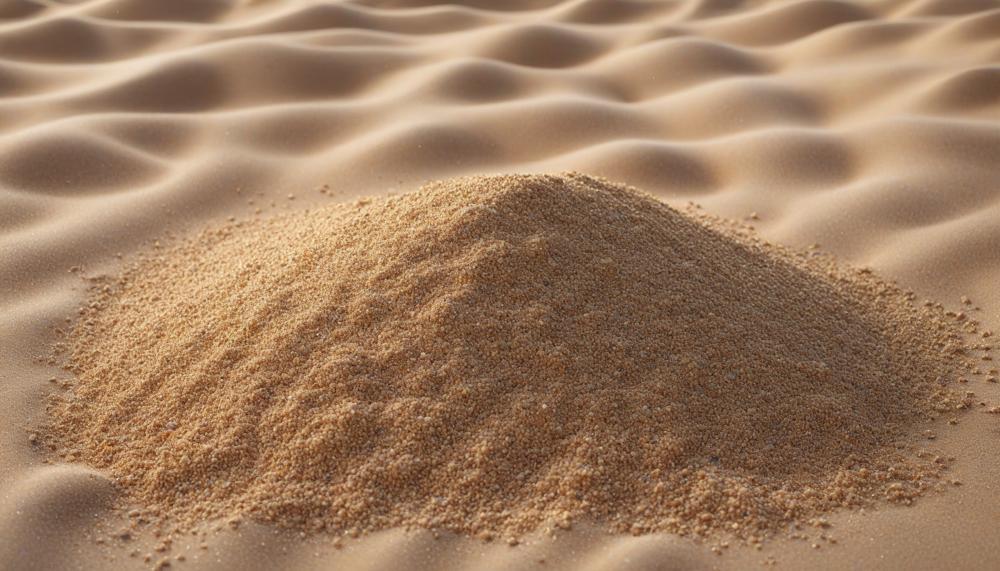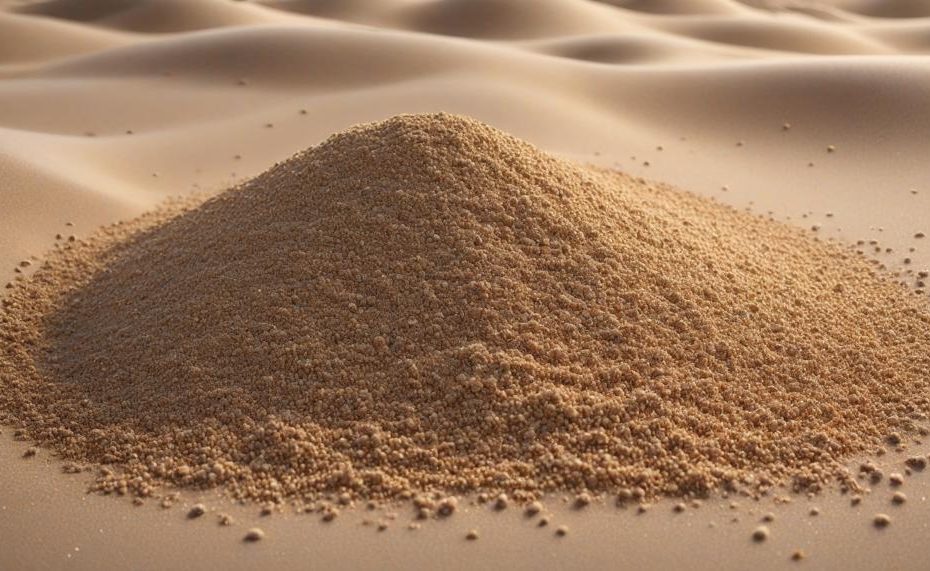Disposing of sand might seem straightforward, but there’s more to it than meets the eye. Whether you’re refreshing your sandbox for the kids or dealing with a nasty mold buildup, knowing the right way to get rid of old sand is crucial.
The last thing you want is to create a new problem while solving another. Here’s a quick guide to making the process smooth and efficient.
Key Takeaways:
- Two Main Disposal Methods: Use curbside collection services or take the sand to a landfill.
- Landfill Flexibility: While this option offers more flexibility, it requires bagging, loading, and dumping the sand yourself.
- Avoid Yard Dumping: Dumping sand in your yard can lead to clumping and unwanted debris.
- Prevent Cross-Contamination: Never dump sand in areas with existing sand to avoid mixing and contamination.
- Repurposing Sand: If the sand is still in good condition, consider repurposing it around the house.
By choosing the right method for your situation, you can avoid the pitfalls of improper sand disposal and keep your environment clean and safe. Let’s dive into the details of each disposal method to help you decide which works best for you.
Contents
How to Dispose of Sand from A Sandbox
Disposing of sand from a sandbox in an eco-friendly manner is crucial to avoid environmental damage. Here are some sustainable methods to consider:
| Method | Description | Benefits |
| Reuse | Repurpose sand for gardening, construction, or crafts after cleaning and sanitizing. | Reduces waste and saves money. |
| Composting | Mix clean sand into compost piles to improve aeration and drainage. | Enhances soil structure without adding nutrients. |
| Donate | Offer sand to schools or local organizations for playgrounds and sports fields. | Supports community projects and reduces landfill waste. |
| Use as Fill Material | Utilize sand in landscaping or construction projects as a sustainable fill material. | Provides an eco-friendly alternative to gravel or concrete. |
| Proper Disposal | Follow local waste management guidelines to dispose of sand responsibly. | Prevents environmental damage and ensures safe disposal. |
Can you reuse old sand from the sandbox?
It is safe and environmentally friendly to reuse old sand from the sandbox, provided it has been thoroughly cleaned. However, if the sand contains contaminants, it’s better to dispose of it properly.
| Reuse Options | Details | Environmental Impact |
| Gardening | Use the sand as a soil amendment to improve drainage. | Positive, as it reduces waste and enhances garden soil. |
| Outdoor Projects | Utilise the sand as a base for paving stones or a new play area. | Beneficial, repurposes material instead of discarding it. |
| Construction | Mix sand with concrete for small construction projects. | Environmentally friendly, reduces need for new materials. |
Considerations for Disposal:
- Contamination Check: Ensure the sand is free from harmful substances.
- Local Regulations: Some areas may have specific rules about sand disposal. Always check with local authorities.
- Informing Collectors: If contaminants are present, notify garbage collectors to handle the sand safely.
When Should You Dispose of Your Sandbox’s Sand?
You know it’s time to dispose of your sandbox’s sand when you notice visible signs of contamination, significant changes in texture, or unpleasant odours. These are clear indicators that the sand is no longer safe or suitable for use. Here are specific signs to watch for:
| Signs of Contamination | Description | Action |
| Mould and Mildew | Grey, green, or black patches indicating fungal growth | Dispose of sand immediately as it poses health risks |
| Odours | Unpleasant smells, which could indicate bacterial growth or contamination | Replace the sand to ensure a safe play environment |
| Insect Infestation | Presence of insects such as ants or bugs within the sand | Remove the sand to prevent further infestation |
| Foreign Debris | Sharp objects, animal faeces, or other harmful materials mixed in the sand | Dispose of the contaminated sand to avoid injuries or health issues |
| Texture Changes | Sand feels clumpy, hard, or excessively dusty | Refreshing the sand will restore its proper texture and usability |
It’s also advisable to replace the sand periodically even if no major issues are evident, as regular use can degrade its quality over time.
What to do with your old sandbox
Environmentally-friendly options for disposing of sand from an old sandbox include:
Repurpose for Home and Garden Use
- Landscaping: Use the sand in your garden for pathways or as a soil conditioner. Mixing sand with clay-heavy soil can improve drainage.
- Home Projects: Use the sand in projects like creating a base for pavers or as filler for sandbags.
Check with Local Waste Management
- Community Programs: Many local waste management facilities offer free disposal or recycling options for sand. Contact your local waste management department for guidelines.
- Construction Companies: Some construction companies might accept clean sand for use in their projects. This helps reduce the environmental impact by recycling the material.
Donate to Schools or Community Centers
- Playgrounds: Schools or community centers might be in need of sand for playgrounds or outdoor play areas. Ensure the sand is clean and safe before donating.
Compost or Soil Improvement

- Composting: Although sand itself isn’t compostable, it can be mixed with compost to improve soil structure.
- Soil Aeration: Mix the sand with soil to improve aeration and drainage in your garden beds.
Curbside Collection Services
- Trash Removal Services: Services like Trash Wizard offer curbside collection and can handle sand disposal properly. Ensure you adhere to their guidelines for bagging and weight limits.
Avoid Harmful Disposal Methods
- Avoid Dumping in Natural Areas: Never dump sand in natural habitats or water bodies to prevent environmental damage and contamination.
- Avoid Yard Dumping: Dumping sand in your yard can cause clumping and disrupt local ecosystems. Always opt for controlled and appropriate disposal methods.
Conclusion
In conclusion, disposing of sand may seem like a simple task, but it requires careful consideration to avoid creating new problems while solving existing ones. As we have explored in this article, there are two main disposal methods: curbside collection and landfill disposal. While the latter offers more flexibility, it also requires more effort on your part. It is crucial to avoid dumping sand in your yard or natural areas to prevent clumping and contamination.
Furthermore, we have discussed various ways to repurpose old sandbox sand, such as using it for gardening or construction projects, composting, or donating it to community organizations. These options not only reduce waste but also provide practical benefits for your home and garden.
It is important to regularly check for signs of contamination in your sandbox’s sand and dispose of it if necessary. By following local regulations and informing waste management services about any contaminants present, you can ensure safe and environmentally-friendly disposal.
Finally, we have provided useful resources such as local waste management facilities and construction companies that may offer recycling options for sand. By making informed decisions and considering all available options, you can effectively dispose of sand without harming the environment.





